The Grau Tropical Sea National Reserve, in the vast blue expanse off Peru’s far northern coast, is an impressive new addition to the country’s growing network of more than 70 protected areas. The new reserve covers an extensive 300,000 square acres of ocean, making it one of the largest protected marine areas in the region. It’s named after Miguel Grau, a revered Peruvian naval hero, and is an excellent example of the country’s commitment to preserving its rich marine biodiversity. The space also honors the country’s people and culture, as the reserve’s protections extend to the 15,000 families within fishing villages along the coast, many of whom operate from small sailboats and artisanal boats using traditional fishing methods passed down through generations.
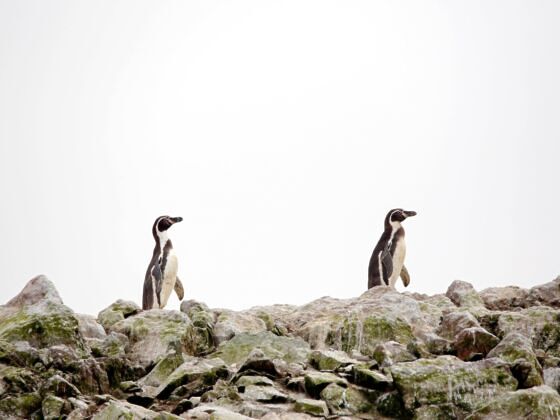

A New Peru Marine Reserve Protects Rare Whales, Mantas, Penguins, and More
The Peruvian government formally announced its intention to create the Grau Tropical Sea National Reserve in 2022, which was met with generally positive support from environmental groups, scientists, and local communities, who saw it as a crucial step towards preserving global biodiversity. The next two years were spent creating management plans and official boundaries for the area, and it officially opened in 2024.
The reserve is home to 70 percent of the country’s marine species
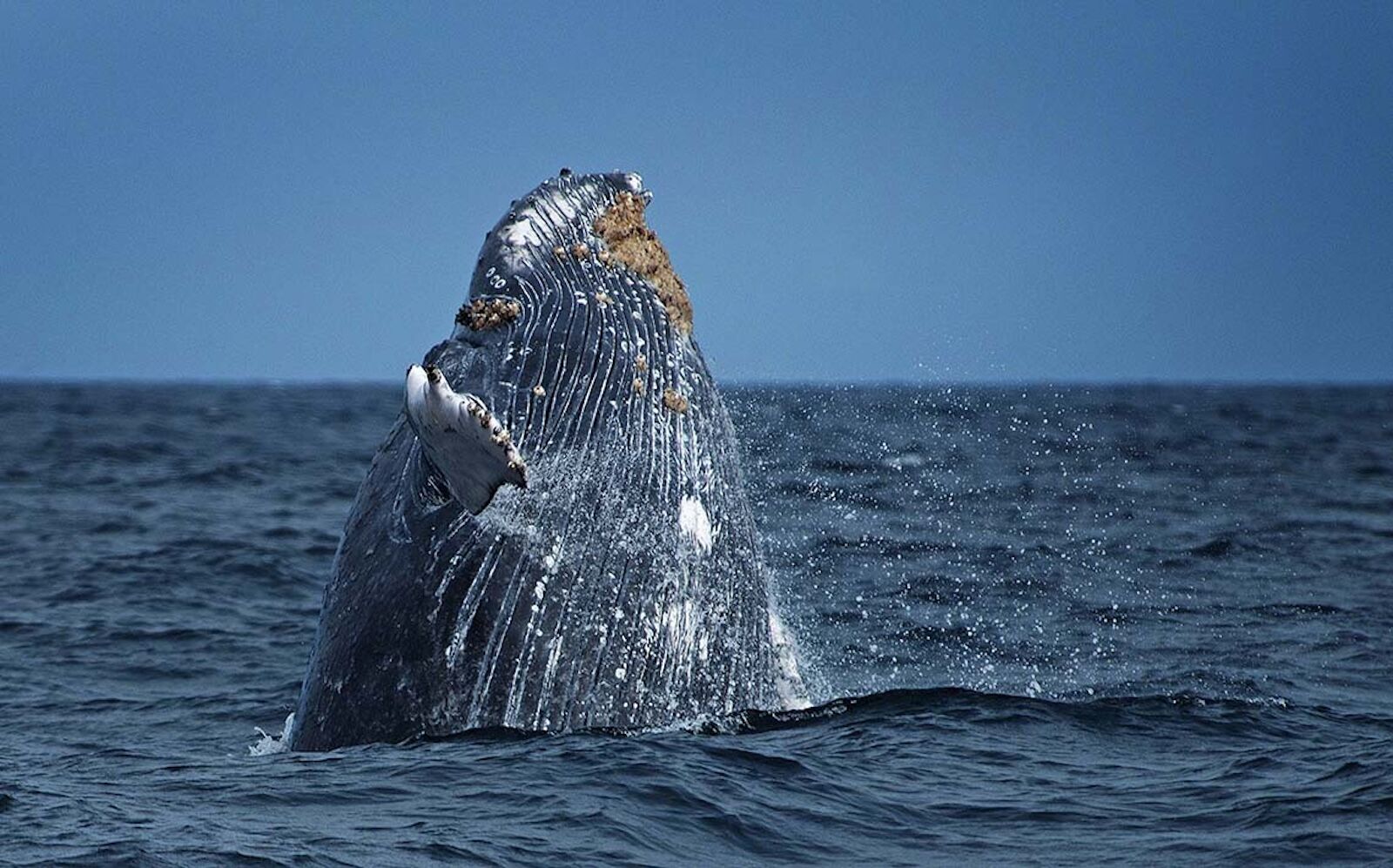
Photo: Peru Travel
The Grau Tropical Sea National Reserve is a haven for a stunning variety of marine species. It’s in the reserve that tropical currents meet the cold Humboldt current, creating a unique and highly productive marine environment full of everything from tiny plankton to giant whales. There’s an extraordinary and array of life, and among the many species that call this reserve home are several that are considered endangered or vulnerable, including sea turtles, humpback whales, and hammerhead sharks. The area is also a crucial breeding and feeding ground for numerous fish species, making it an important zone on a global scale as it supports healthy marine ecosystems across the Pacific Ocean.
Establishing and enforcing the protection rules is important to fight the growing threats of overfishing, climate change, and pollution. Peru’s northern coast was once a hotbed of industrial fishing and now has seen significant depletion of fish stocks over the decades. That has impacted other rare species visitors may find in the area, including giant manta rays and birds like the Peruvian pelican and Humboldt penguin. One goal of the Grau Tropical Sea National Reserve is to reverse this trend by creating a protected area where marine life can recover and thrive. For visitors, that makes the Grau Tropical Sea National Reserve one of the best places in Peru to see rare species and a healthy ecosystem teeming with life at every turn.
Different zones in the Grau Tropical Sea National Reserve

Photo: Peru Travel
The Grau Tropical Sea National Reserve is divided into four separate zones, of which the furthest north section is the largest.
Punta Sal Reefs
The Punta Sal Reefs, located off the coast near the popular beach town of Punta Sal, are one of the most ecologically significant sections of the Grau Tropical Sea National Reserve. The area is known for vibrant coral reefs, a critical habitat for a wide array of marine species, including numerous types of fish, invertebrates, and sea turtles. The reefs are formed by a combination of hard and soft corals, creating a complex underwater landscape that supports high levels of biodiversity. The reefs are also a breeding ground for species that are vital to both the food web and the local fisheries.
The reefs along these section of coast need to be protected as they act as a buffer for the shoreline, protecting areas on land from storms, waves, flooding, and erosion. But key as they are, the reefs face significant threats from climate change, including coral bleaching and ocean acidification. Management within this sector is focused on measures to keep the corals and alive and healthy, while also promoting sustainable activities like snorkeling and diving to both expose travelers to the beauty of the ocean while simultaneously generating tourism revenue.
Cabo Blanco-El Ñuro Sector

Photo: BETO SANTILLAN/Shutterstok
The Cabo Blanco-El Ñuro sector of the Grau Tropical Sea National Reserve has historically been a hotbed for fishing and sport-fishing, once including notable figures like Ernest Hemingway. It’s closest to El Ñuro, a coastal village with a resident population of year-round green sea turtles. The marine ecosystems in this sector are incredibly diverse, with coral formations, kelp forests, and rocky coastal habitats for a wide range of species. Management in this sector is focused on strict fishing regulations, as well as creating no-take zones to ensure the long-term sustainability of marine life. In this part of the reserve, fishermen and locals are extremely involved in management and economic decisions.
Máncora Bank Sector
The Máncora Bank sector is the furthest out section of the Grau Tropical Sea National Reserve, with deep water and a diversity of species, making it one of the most biologically important areas within the reserve. The area is particularly known for its populations of large pelagic fish, such as tuna and marlin, as well as its importance as a feeding ground for dolphins and migrating whales. Conservation efforts in the Máncora Bank sector are focused on regulating fishing activities to prevent overexploitation, protecting critical habitats, and scientific research, with ongoing studies aimed at understanding the impacts of environmental change on marine ecosystems.
Isla Foca Sector
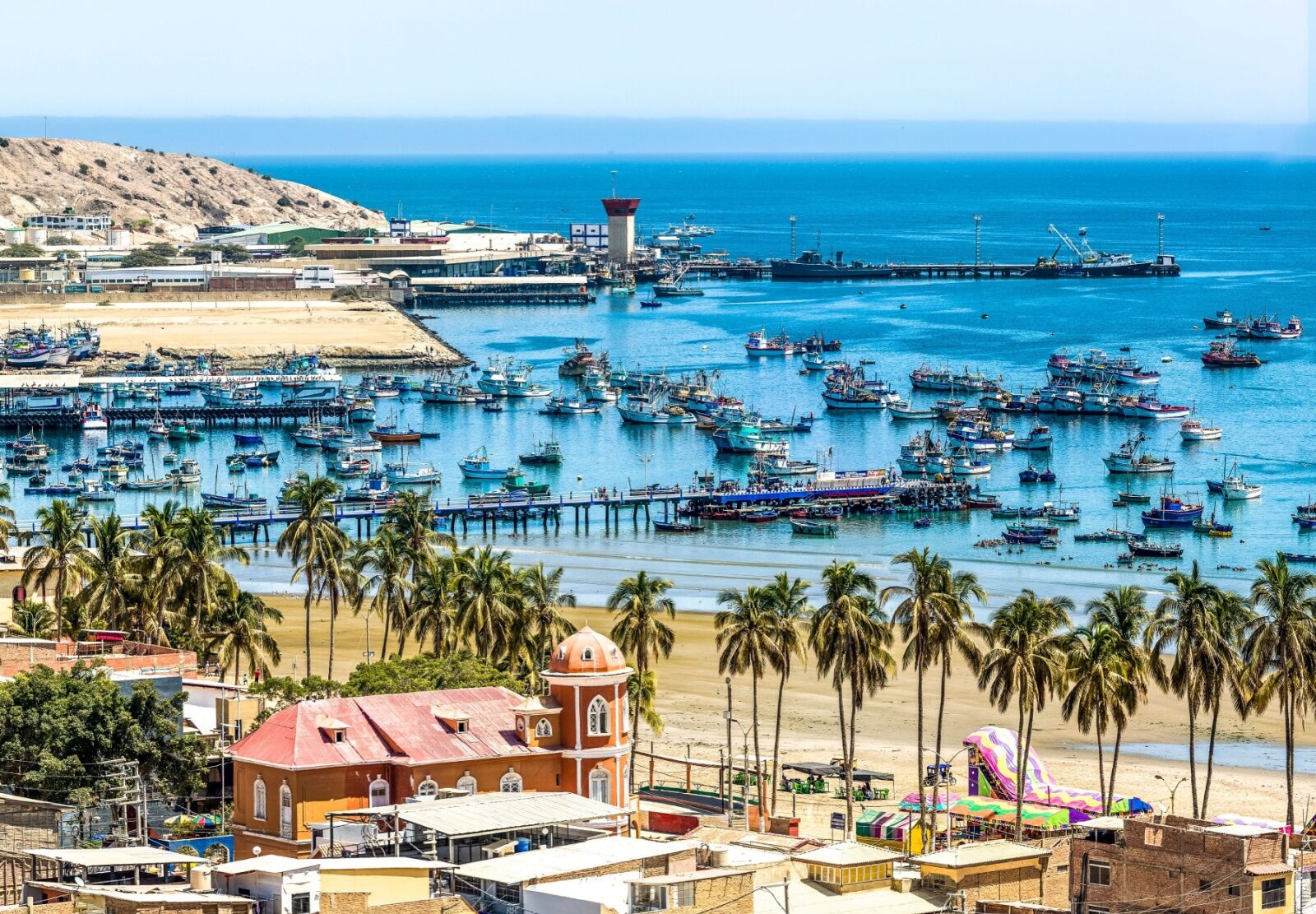
Photo: Christian Vinces/Shutterstock
The Isla Foca sector is a small section off the coast of Piura, near the town of Paita. It’s a refuge for sea lions, dolphins, and numerous species of fish and invertebrates, and the coastal area is a breeding ground for seabirds and boobies that nest on Isla Foca’s rocky cliffs. You can visit the island only on boats, but you’ll need to book a tour through either a local fisherman or the in the small town of La Islilla, which does have a visitor center for the island run by Seacology.
Travel planning and logistics
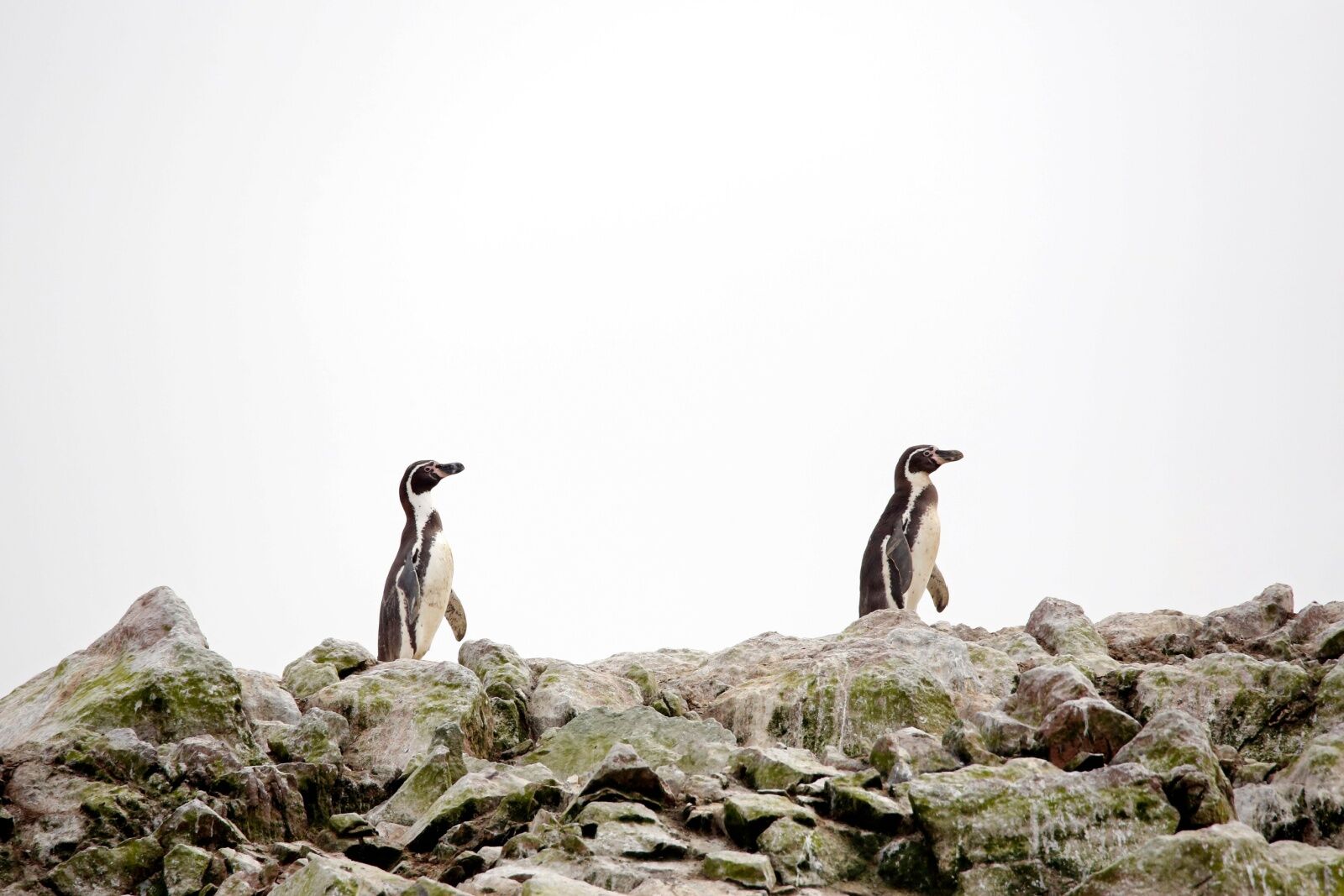
Humboldt penguins are considered vulnerable and live closer to to the southern areas of the reserve. Photo: Daniel Lamborn/Shutterstock
Visiting the Grau Tropical Sea National Reserve is absolutely possible, but requires just a little more effort than a quick tourist trip to a city like Lima. The reserve is accessible from several coastal towns in northern Peru, with the most popular entry points being the cities of Piura and Tumbes. From these hubs, you’ll need to arrange transportation to various parts of the reserve, rent a car, or book with a tour operator who can arrange airport transfers. Several tour companies around the coastal towns offer boat trips, whale-watching tours, and more, including Pacifico Adventures and Oceanica Expeditions in Organos (just south of Máncora), or Chelonia Dive Center and Spondylus Mancora for divers.
Máncora
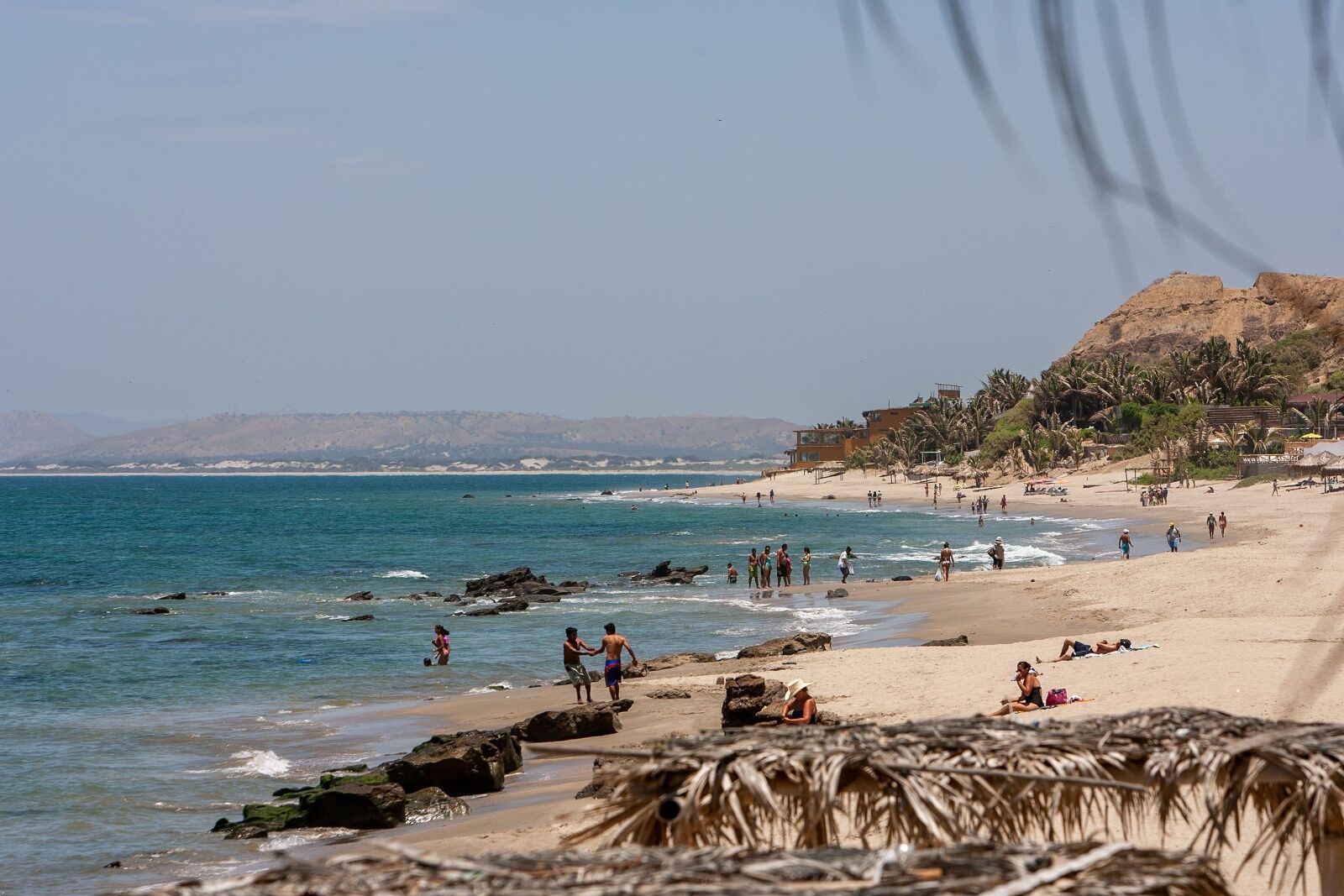
Photo: Beto SANTILLAN/Shutterstock
Máncora is the most popular and well-developed tourist town in northern Peru, famous for its sun-soaked beaches, prime surfing conditions, and vibrant nightlife; it’s considered a party town among Peruvians. It’s a hub for both backpackers and luxury travelers, with everything from budget-friendly hostels to upscale beachfront resorts. Many hotels and resorts in Máncora have leisure amenities like swimming pools, spa services, and direct beach access, making it a popular choice for travelers who want to location for those looking to relax by the ocean. But you’ll still find plenty of affordable options.
Visiting the Grau Tropical Sea National Reserve from Máncora is relatively easy, as the town serves as a convenient starting point for tours and excursions into the reserve, particularly to the Máncora Bank sector. Local tour operators offer guided trips that include activities such as snorkeling, diving, and whale watching, as well as eco-focused tours focusing on marine conservation and the sustainable practices of local fishermen. Getting there is easy, as there are several direct flights per day from Lima to Tumbes, which is about a 60-mile drive from Máncora.
Cabo Blanco

Photo: Peru Travel/Walter H. Wust
Cabo Blanco is a small fishing village steeped in the culture and lifestyle of fishing, and is where Ernest Hemingway visited in the 1950s when they were filming the movie adaptation of The Old Man and the Sea. Today, it continues to draw visitors interested in both its historical significance and its fishing opportunities. Cabo Blanco retains much of its old-world charm, with modest accommodations that reflect the town’s fishing heritage. Most lodging options are small guesthouses or boutique hotels, many with lovely views of the Pacific Ocean. It’s a quieter, more low-key atmosphere than Máncora.
When to visit the reserve
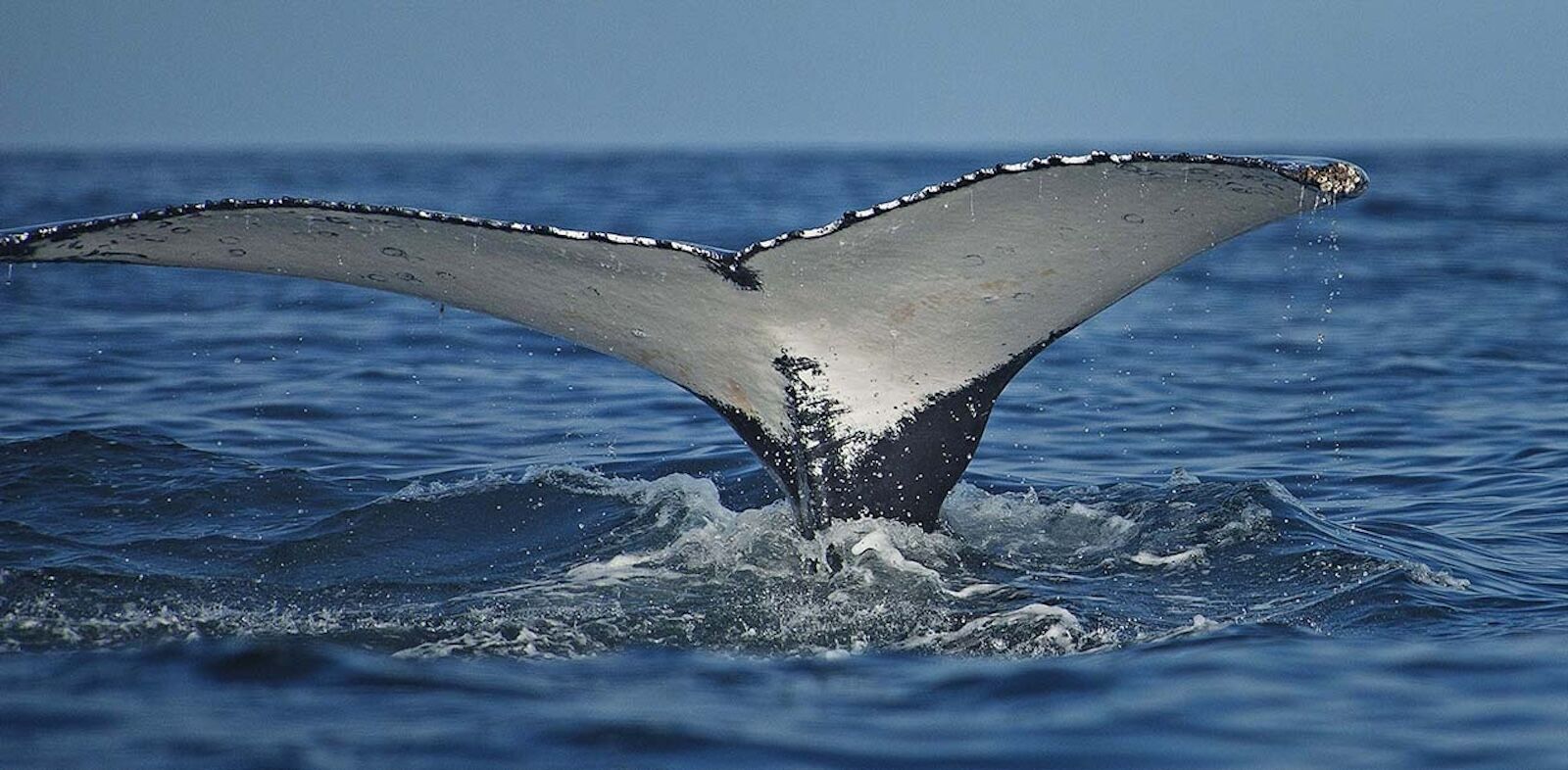
Photo: Peru Travel/Walter H. Wust
The best time to visit the reserve is during the dry season, which runs from May to November. Those months have more predictably pleasant weather and generally calmer sea conditions, making it a better time for water-based activities such as diving and snorkeling. The dry season is also the best time to see migrating humpback whales, who pass through the area between June and October. During the off-season, availability for tours and hotels may be more limited.